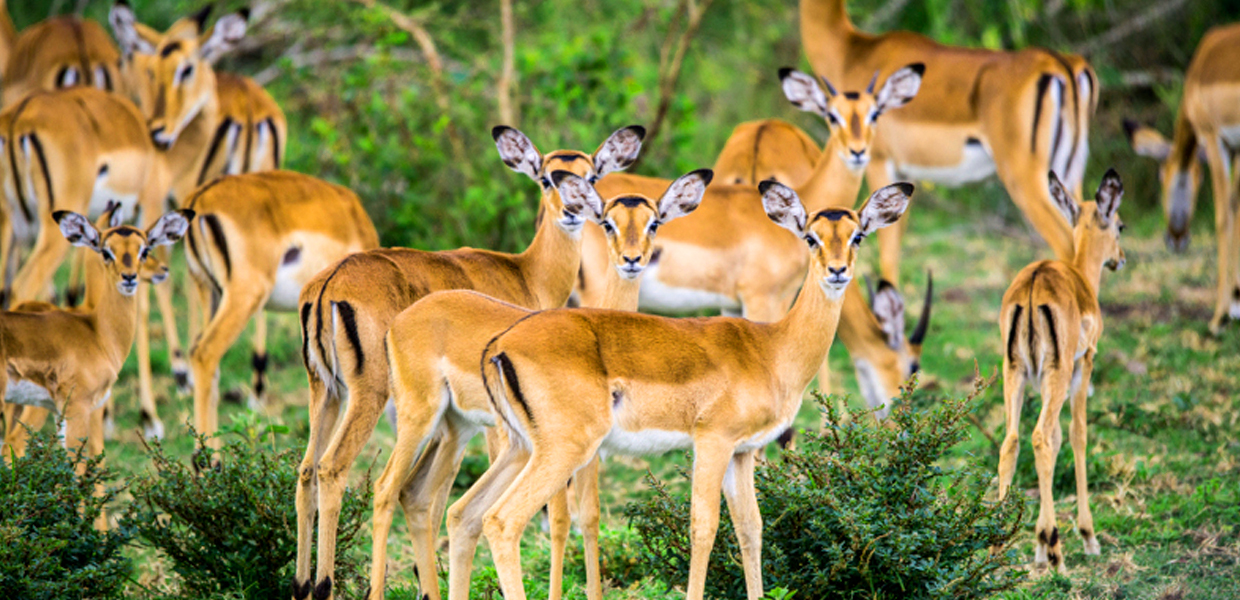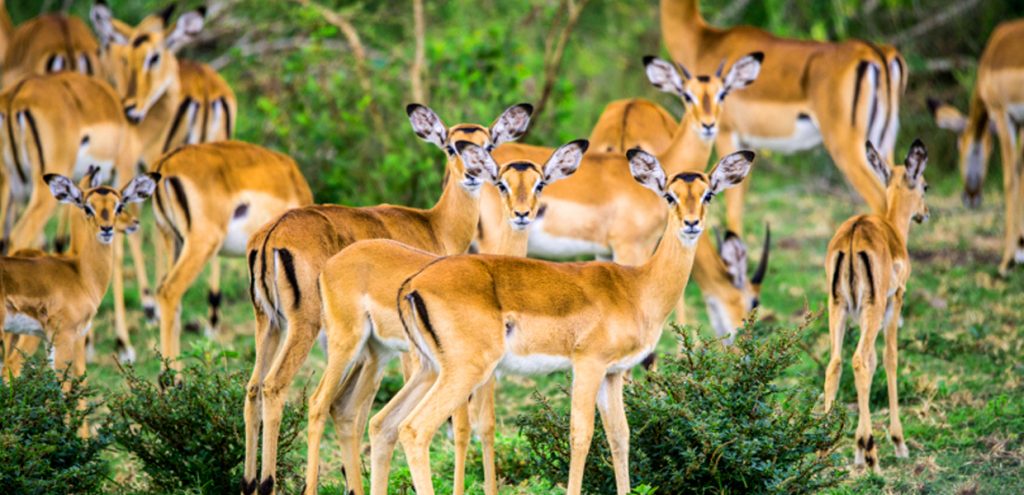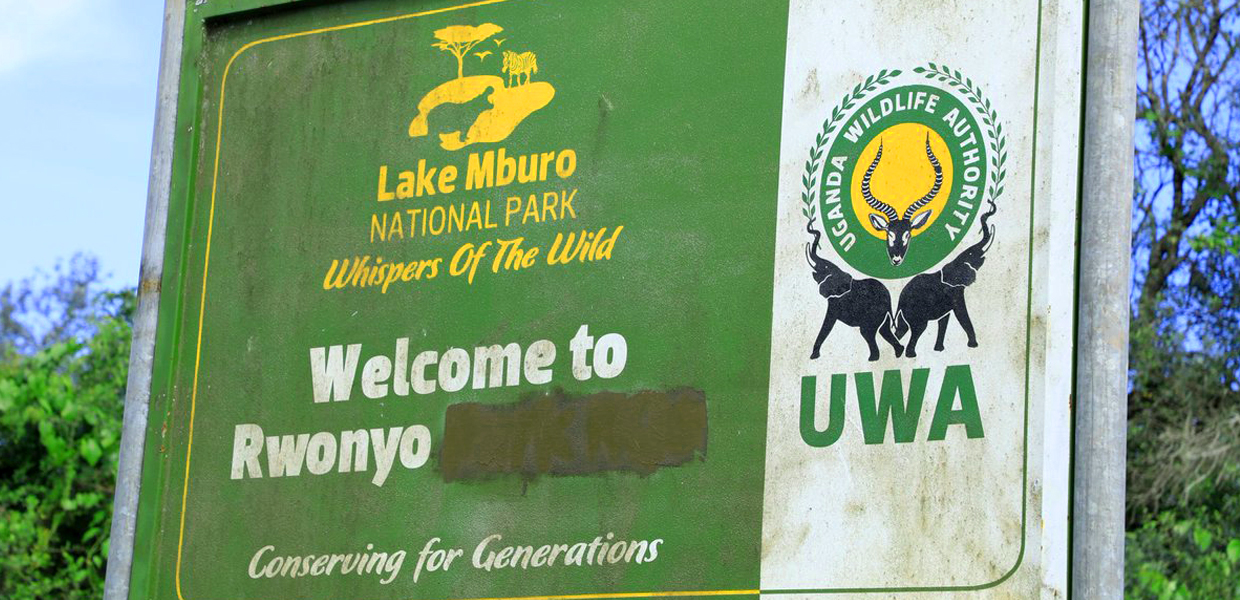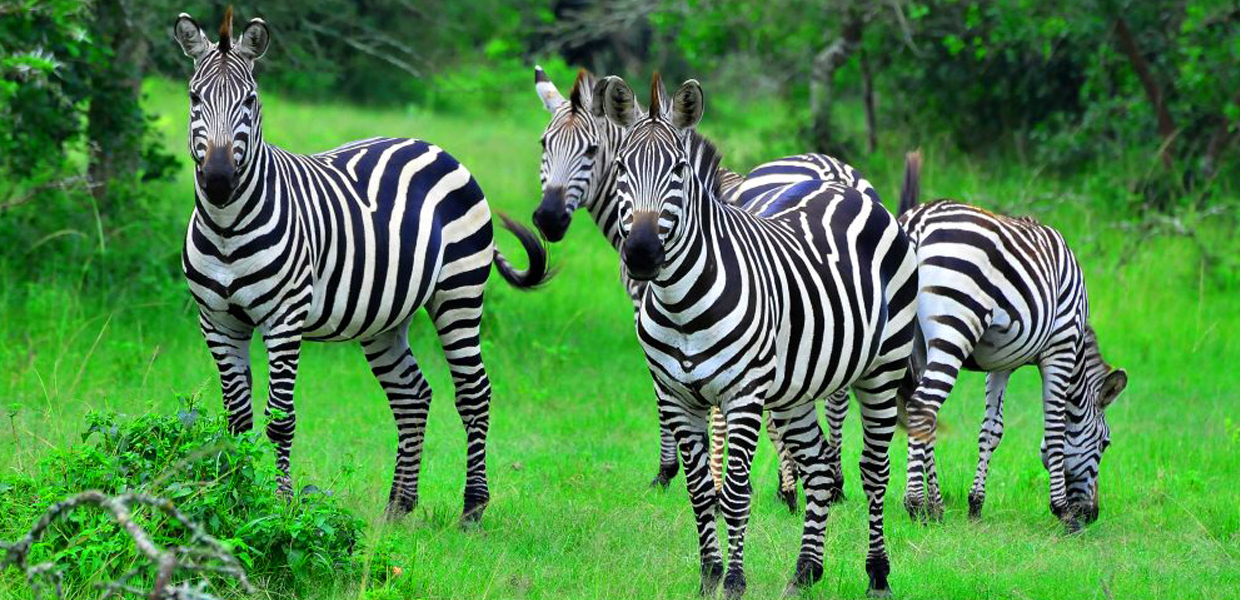Impala translocation from Lake Mburo to Pian Upe Game Reserve

In 2016, Uganda Wildlife Authority (UWA) veterinarians and game rangers were back for impala translocation from Lake Mburo National Park to the Pian Upe Game Reserve. Pian Upe is in the Nakapiripirit district, which is just a few kilometers away from the famous Kidepo Valley National Park.
Lake Mburo National Park is home to more than 36,000 impalas and a lot more that are said to be living outside the park in surrounding ranches. Most impalas in Uganda are found in two places; Lake Mburo National Park – the motherland park, and Katonga Wildlife Reserve. UWA then wanted to make Pian Upe the third habitat for impalas.

Unlike other animals that are captured after daybreak, impalas are manually captured at night. The vets and rangers take advantage of the impalas’ poor night vision to raid their herds with strong flashlights to capture them as they have a deer-in-lights moment.
Facts about Impalas and Impala Translocation from Lake Mburo
An impala is a medium-sized antelope that looks like a mix between a goat and a deer. They have long legs and necks and black, twisted horns. As members of the Bovidae family, they are related to goats, cattle, and sheep.
Impala weighs around the same amount as a large dog at 88 to 165 lbs. (40 to 75 kilograms). They grow to 33 to 39 inches (84 to 99 centimeters) long by adulthood and typically come up to the chest of an average-sized adult man, according to National Geographic. The male’s horns grow 18 to 37 inches (46 to 94 cm) long.
Habits
Impalas are diurnal, which means they are most active in the early morning and right before sunset. During the rainy season, impalas gather in groups of hundreds. In the dry season, the herds roam together to look for food. During the rainy season, males can be territorial and will herd females around a territorial area.
Groups of young impalas are called creches. These groups of offspring are like nursery schools for the young and they play together and groom each other, according to ADW.
Diet
Impalas are herbivores, which means they only eat vegetation. Their diets consist of bark, leaves, wood, and stems.
Offspring – Part of Impala translocation from Lake Mburo
Before giving birth, a female will leave the herd. After a gestation period of six to seven months, she will give birth, usually to only one offspring at a time. Baby impalas are called calves. After a day or two, the mother impala will bring her calf back to the herd.
Calves are weaned at four to seven months, and at 12 to 18 months, the calf is mature enough to have its own offspring. An Impala usually lives for around 13 years.



